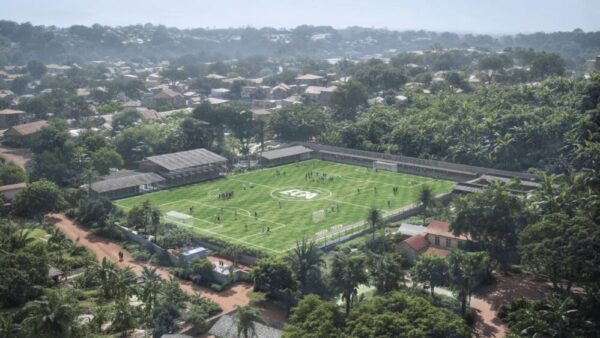UK contractor Wates Group has unearthed rare archive images showing its engineers constructing the famous Mulberry floating harbours ahead of the D-Day landings on 6 June 1944.
It has also helped create a film celebrating the harbours.Â
The Mulberry harbours were instrumental to the D-Day campaign, enabling ships carrying supplies, military vehicles and troops to anchor safely off the French coast.
They were designed and constructed in secrecy by around 200,000 British engineers in the seven months leading up to the invasion.
During the Second World War, Wates built aerodromes, army camps and factories. Having developed a specialty in precast concrete structures, it also supplied the concrete pier and pierhead pontoons for the Mulberry harbours.
The harbours were designed and built at yards and docks across the country including at Southampton, in Mitcham and the West India Docks, before they were assembled at Selsey in Sussex and towed across the channel to Normandy in sections after completion in April 1944.
Wates was among an alliance of British companies that joined forces to build the harbours. Wates was particularly involved in the construction of the concrete piers and pontoons known as ‘Beetles’.
While one harbour was destroyed in a storm after just a couple of days, the second was operational for 10 months, making a significant contribution to the Allied war effort.
In total, the harbour enabled 2.5 million men, 500,000 vehicles and 4 million tonnes of supplies to land before it was decommissioned.

As the international community marks the 75th anniversary of the D-Day landings, Wates has worked with D-Day Revisited – a charity established to commemorate the anniversary – to create a film celebrating the harbours.
The film, titled “Memories of Mulberry”, includes rare photographs from the Wates archives, showing engineers working on the huge concrete and steel parts, as well as insight from leading historian Guy Walters.
Ted Cordery, 95 and from Oxford, who served on board the Royal Navy’s HMS Belfast from 1943-1944 as a leading seaman torpedoman, is one of two D-Day veterans interviewed for the film about their memories of the historic landings.
He said: “When I look back on my career in the Navy, I felt I spent more time fighting the sea than I did the Germans. You could never rely on it. It always turned one way or the other. The harbours minimised the possibility of this and you can’t have a better contribution than that in my opinion.”
Visit Construction Manager to see more images.
Top image: The harbours were designed and built at yards and docks across the country including at Southampton, in Mitcham and the West India Docks in London






